British furniture manufacturing company G-Plan was launched in 1953, but its roots go back much further. In 1898, Ebenezer Gomme (1858–1931) set up a fine woodworking atelier, E. Gomme Ltd., in High Wycombe, England, a major center of British furniture manufacturing. By the early 1900s, E. Gomme had transitioned into a larger factory facility, and in 1911, his sons took the helm. The company was revered for its range of high-quality sideboards, tables, and other cabinet goods and for pioneering the concept of dining room sets, designed and made to match.
E. Gomme continued to flourish until the 1940s. During World War II, Britain experienced a timber shortage and the British government was forced to enact strict controls on “unnecessary” industries like furniture production. This led to a program called the Utility Scheme, which was intended to cultivate a market for more austere and utilitarian solutions to home goods. Among the program’s efforts, the landmark 1946 Britain Can Make It exhibition at the V&A Museum made great strides in swaying the British public toward more modernist tastes. And among the exhibition’s visitors was Ebenezer Gomme’s grandson, Donald (1916-2005), who was greatly inspired by what he saw there. With the success of the next exhibition in this program, The Festival of Britain—which presented work by modern designers like Robin and Lucienne Day at London’s South Bank in 1951—Donald Gomme became certain that a radical, more minimalist aesthetic was about the sweep the furniture design industry. Thus began G-Plan, an offshoot of the traditional furniture company E. Gomme Ltd.
Although most of the British public reverted to traditional tastes after the war, there was a small but growing market for high-quality, modernist furniture, and G-Plan successfully spoke to this younger, more progressive audience. Through clever marketing campaigns, G-Plan set the standard for modernist, mass-market furniture in postwar Britain. G-Plan’s C Range, with an aesthetic that celebrated its machine production, was launched in 1953, and by 1957 it had become enormously popular. Donald Gomme stepped down from G-Plan in 1958, confident in the strength of the company that he had built.
By the 1960s, the Scandinavian look was sweeping international design, and British-made furniture was being outsold by Danish imports. To compete, G-Plan brought in Danish designer Ib Kofod-Larsen to create new collections in fine woods, like teak and rosewood. While these Kofod-Larsen pieces have become very collectible today, at the time, they were not well appreciated by the design community—perhaps viewed as lesser variations on the furniture available from Scandinavia. Despite the competition, G-Plan remained one of the most recognized names in furniture manufacturing in the UK through the end of the 1970s.
In 1987 the Gomme family sold the business to the then directors, who, three years later, sold it to the Christie Tyler Group. In 1996, the Morris Furniture Group acquired the license to make and market G-Plan Cabinet furniture in Glasgow. This operates separately from the upholstery business, G-Plan Upholstery Ltd., which continues to manufacture most of its sofa and armchair products in the UK.
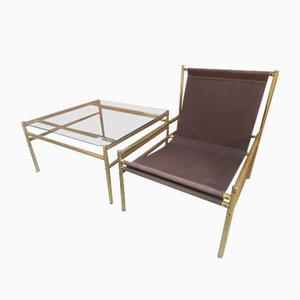
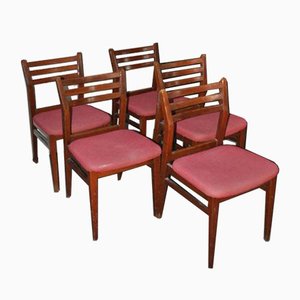
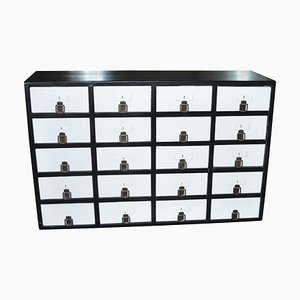
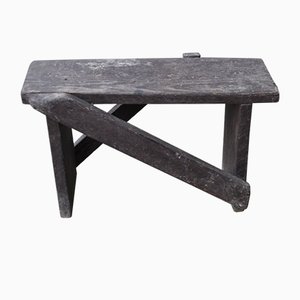
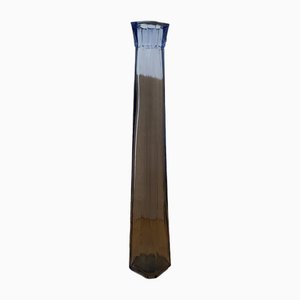
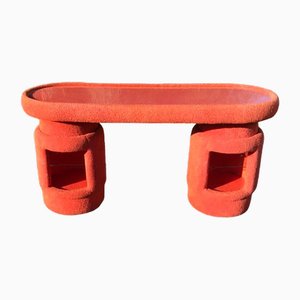

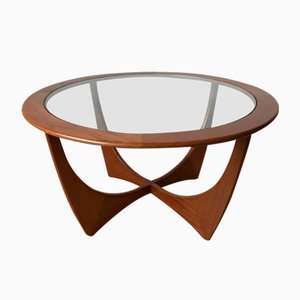
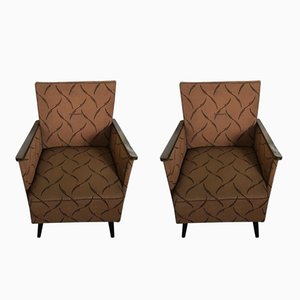

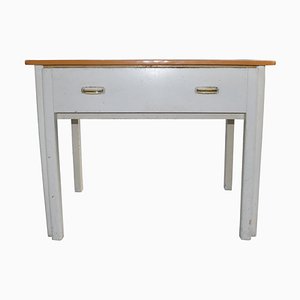

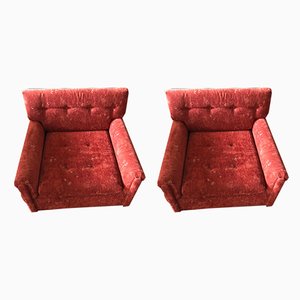
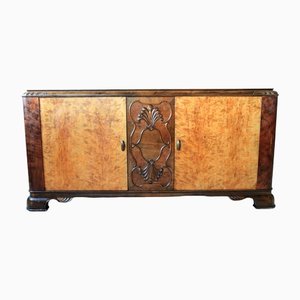
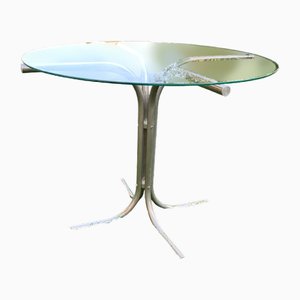



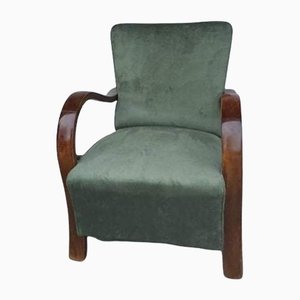
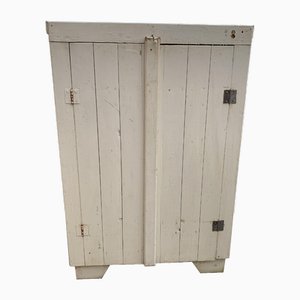
Contacta con nosotros
Haz una oferta
¡Hemos notado que eres nuevo en Pamono!
Por favor, acepta los Términos y condiciones y nuestra Política de privacidad
Contacta con nosotros
Haz una oferta
¡Ya casi está!
Para seguir la conversación en la plataforma, por favor completa el registro. Para proceder con tu oferta en la plataforma, por favor completa el registro.Exitoso
Gracias por tu consulta, alguien de nuestro equipo se pondrá en contacto contigo en breve.
Si eres profesional del diseño, por favor solicita aquí los beneficios del Programa comercial de Pamono